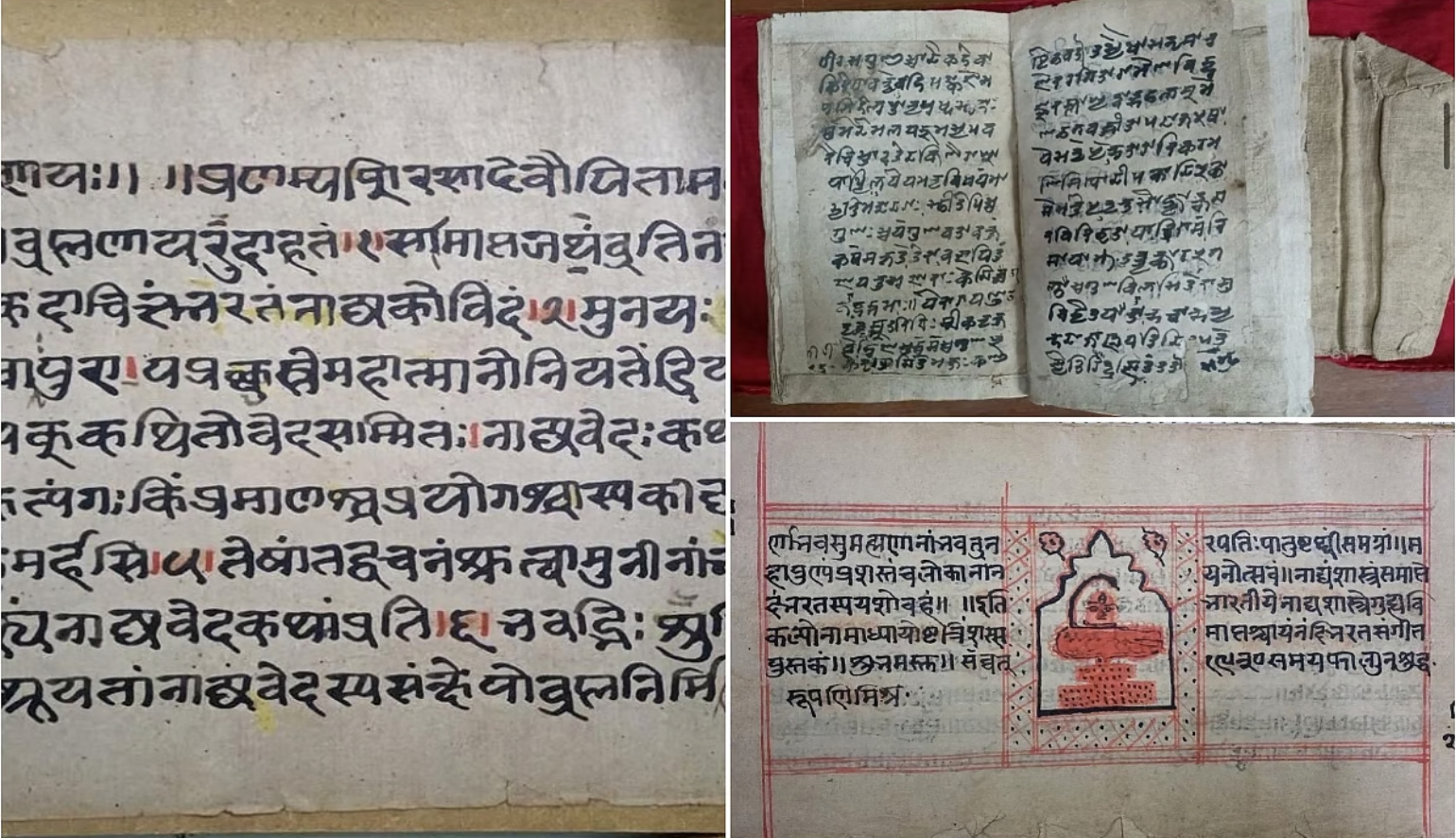
UNESCO established the Memory of the World Programme under its mission to preserve important world documents worldwide during 1992. The register works to protect the preservation along with public access to rare manuscripts and archival documents and written works because these materials hold the collective memory of humankind. The recognition on the register signifies the scientific importance of preserving objects from cultural and historical eras.
Context:
-
The UNESCO's "Memory of the World program" now includes both the Bhagavad Gita manuscripts and the Natyashastra manuscripts as part of its enriched collection honoring Indian cultural heritage.
-
These ancient texts possess profound philosophical and spiritual and artistic value which reveal India’s long-lasting history.
-
India maintains 14 registered entries in the UNESCO Memory of the World which enhances its worldwide role in preserving significant documentary heritage.
Key Points
About the UNESCO Memory of the World Register:
-
Established by: UNESCO in 1992
-
Purpose:
-
UNESCO established its Memory of the World Register to preserve documents from damage along with deliberate destruction and decaying.
-
-
Goals:
-
Promote preservation of original materials
-
Improve accessibility and awareness
-
The international community should create global partnerships which support the preservation of documentary heritage
-
-
Criteria for Inclusion:
-
Universal value
-
Historical, cultural, or social significance
-
Authenticity, integrity, and rarity
-
-
India’s Contribution and Recognition:
-
The MoW Register now contains a total of 14 Indian entries with the inclusion of Bhagavad Gita and Natyashastra.
-
Other notable recent additions (2024 MOWCAP Regional Register):
-
Ramcharitmanas
-
Panchatantra
-
Sahrdayāloka-Locana
-
-
About the Inscribed Texts:
-
Bhagavad Gita:
-
Author: Attributed to Sage Vyasa
-
Content: 700 verses, part of the Mahabharata (Bhishma Parva)
-
Significance:
-
Philosophical discourse between Krishna and Arjuna on the battlefield of Kurukshetra
-
Deals with concepts like Dharma (duty), Bhakti (devotion), Karma (action), and Jnana (knowledge)
-
The book represents an ethical and spiritual guide that people worldwide respect.
-
-
-
Natyashastra:
-
Author: Bharat Muni
-
Bharat Muni established the Natyashastra as a comprehensive manual about drama along with dance and music and theatrical arts.
-
Significance:
-
Foundation of Indian classical performing arts
-
Rasa (aesthetic emotion) together with Bhava (expression) mark important concepts that Bharat Muni introduced in his work.
-
These principles direct artistic practices in their present-day applications throughout the entire territory of India.
-
-
-
Conclusion:
The UNESCO Memory of the World Register has admitted both the Bhagavad Gita and Natyashastra which demonstrates the continuous powerful impact of Indian intellectual traditions worldwide. The texts form an essential part of Indian spiritual and artistic practices and produce contributions to worldwide thinking about ethics and aesthetics as well as human expression. Both acts will help scholars access these texts more widely while strengthening cultural pride and encouraging global recognition of ancient Indian knowledge.



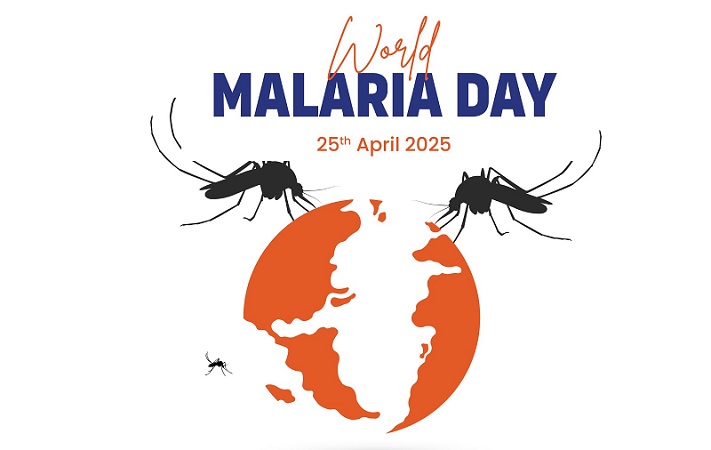 India Takes Major Strides Toward Malaria Elimination on World Malaria Day 2025
India Takes Major Strides Toward Malaria Elimination on World Malaria Day 2025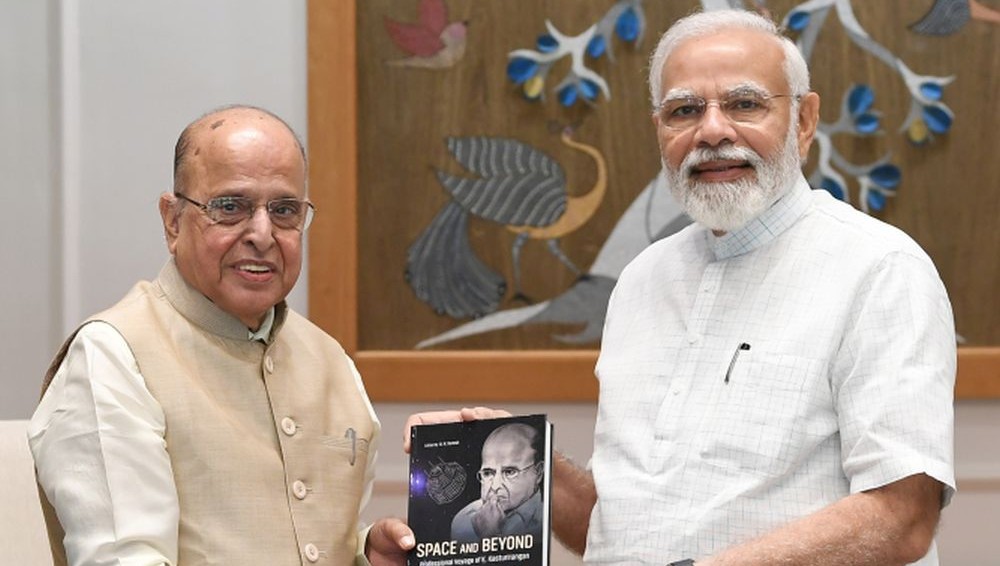 Former ISRO Chairman Dr. K. Kasturirangan Passes Away at 84
Former ISRO Chairman Dr. K. Kasturirangan Passes Away at 84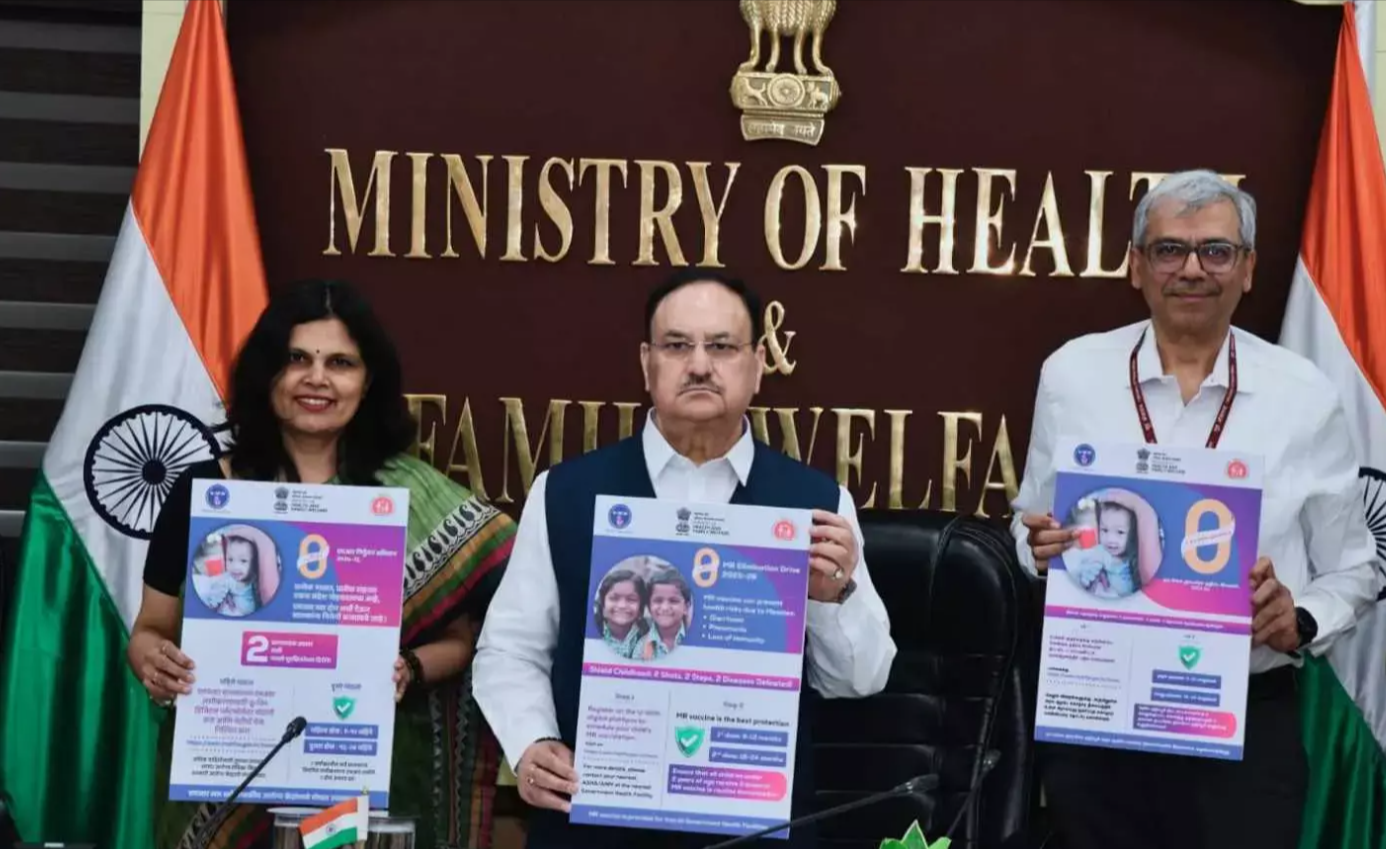 India Launches National ‘Zero Measles-Rubella Elimination Campaign 2025–26 with a Target to Eliminat
India Launches National ‘Zero Measles-Rubella Elimination Campaign 2025–26 with a Target to Eliminat Union Minister Dr. Mansukh Mandaviya Launches Issuance of Sports Certificates via DigiLocker and Ina
Union Minister Dr. Mansukh Mandaviya Launches Issuance of Sports Certificates via DigiLocker and Ina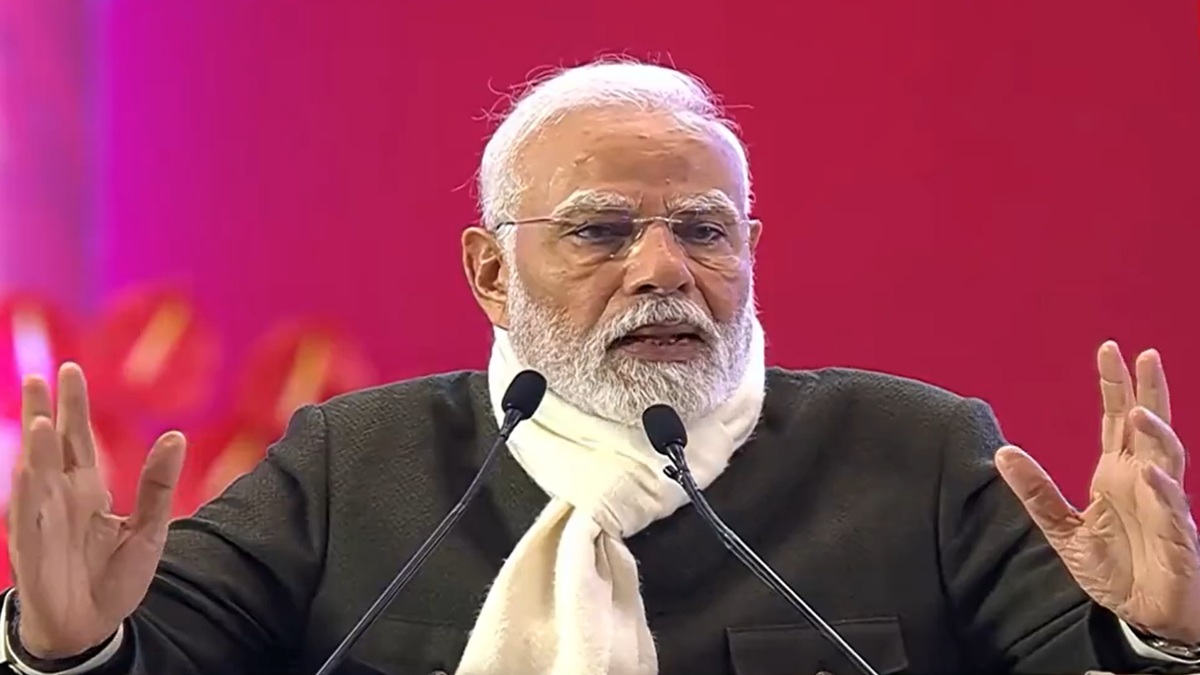 PM Modi Addresses India Steel 2025: Paving the Way for a Steel-Strong India
PM Modi Addresses India Steel 2025: Paving the Way for a Steel-Strong India Pahalgam Terror Attack 2025: About Pahalgam and India’s 5-Point Action Plan Against Pakistan
Pahalgam Terror Attack 2025: About Pahalgam and India’s 5-Point Action Plan Against Pakistan Pahalgam Terror Attack: What happened and way ahead
Pahalgam Terror Attack: What happened and way ahead Extension of Mission Anveshan: Boosting India’s Energy Security
Extension of Mission Anveshan: Boosting India’s Energy Security India’s Aviation Revolution: From Regional Runways to Global Routes
India’s Aviation Revolution: From Regional Runways to Global Routes Introduction of Hindi as a Third Language in Maharashtra – NEP 2020 Alignment
Introduction of Hindi as a Third Language in Maharashtra – NEP 2020 Alignment






